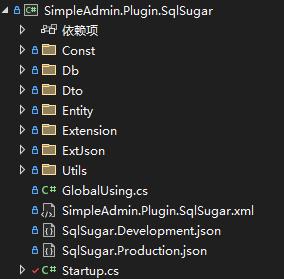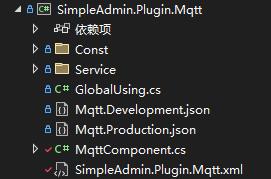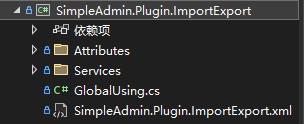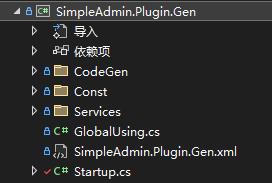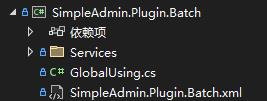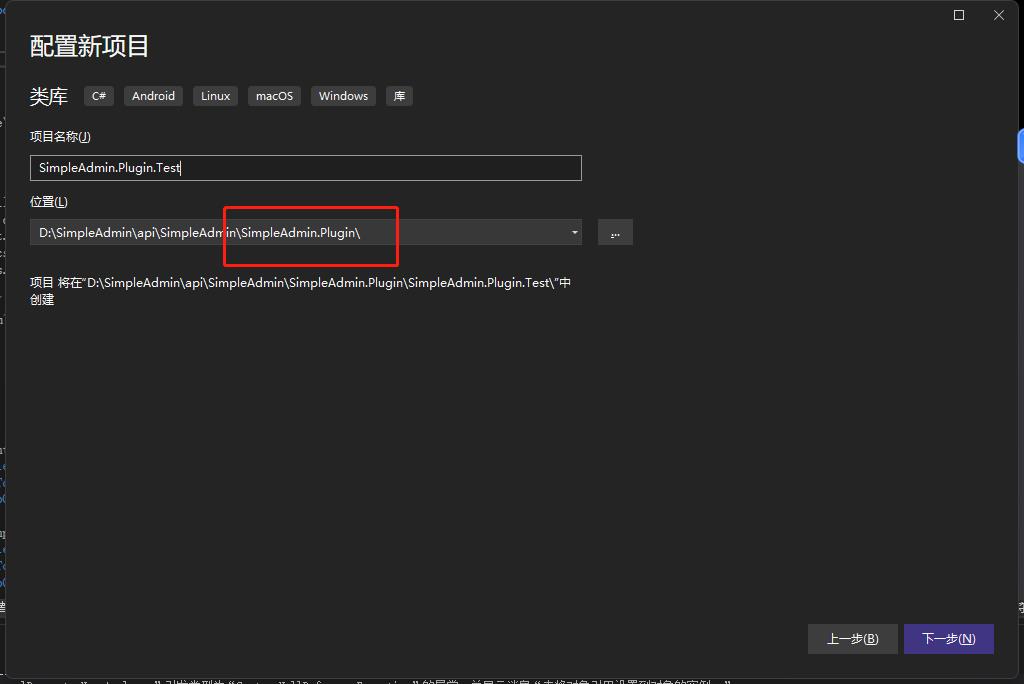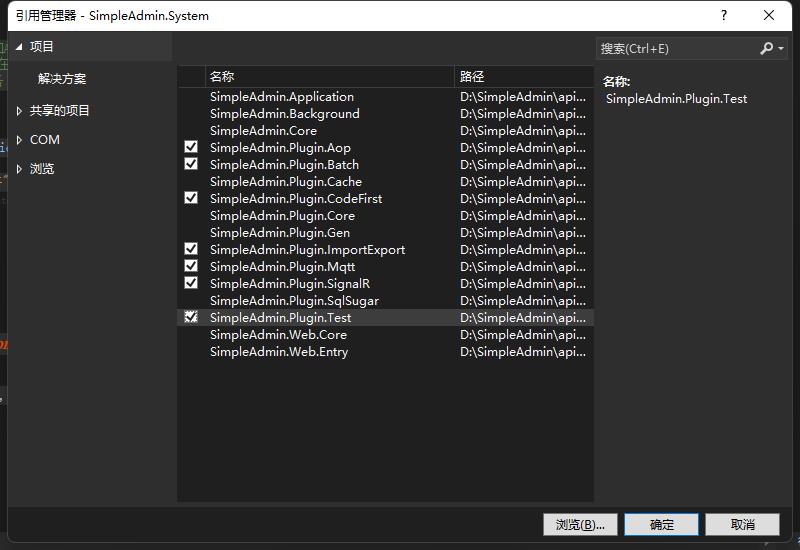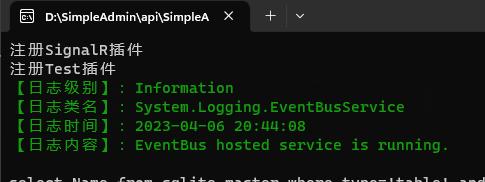前言
相信大家在开发小程序时会遇到某个功能多次使用的情况,比如弹出框。这个时候大家首先想到的是组件化开发,就是把弹出框封装成一个组件,然后哪里使用哪里就调用,对,看来大家都是有思路的人,但是要怎样实现呢。可能你会去看官方文档,但是微信的官方文档也是说的不太清楚,所以写起来也是非常痛苦。今天就带大家手摸手开发微信组件,坐稳了,马路杀手要开车了。
具体实现
我们先实现个简单的弹窗组件,详情图如下:
1.新建component文件夹存放我们的组件,里边存放的就是我们所用的组件,我们今天要做的事弹出框,新建文件夹popup存放我们的组件模板,点击右键选择新建component,就会自动生成组件的模板wxss、wxml、json、js,如图
2.我们可以写一些组件样式和布局,更页面写法类似,我就不多说了,直接把代码贴出 :
popup.wxml
<view class="wx-popup" hidden="{{flag}}">
<view class=‘popup-container‘>
<view class="wx-popup-title">{{title}}</view>
<view class="wx-popup-con">{{content}}</view>
<view class="wx-popup-btn">
<text class="btn-no" bindtap=‘_error‘>{{btn_no}}</text>
<text class="btn-ok" bindtap=‘_success‘>{{btn_ok}}</text>
</view>
</view>
</view>
popup.wxss
/* component/popup.wxss */ .wx-popup { position: absolute; left: 0; top: 0; width: 100%; height: 100%; background: rgba(0, 0, 0, .5); } .popup-container { position: absolute; left: 50%; top: 50%; width: 80%; max-width: 600rpx; border: 2rpx solid #ccc; border-radius: 10rpx; box-sizing: bordre-box; transform: translate(-50%, -50%); overflow: hidden; background: #fff; } .wx-popup-title { width: 100%; padding: 20rpx; text-align: center; font-size: 40rpx; border-bottom: 2rpx solid red; } .wx-popup-con { margin: 60rpx 10rpx; text-align: center; } .wx-popup-btn { display: flex; justify-content: space-around; margin-bottom: 40rpx; } .wx-popup-btn text { display: flex; align-items: center; justify-content: center; width: 30%; height: 88rpx; border: 2rpx solid #ccc; border-radius: 88rpx; }
popup.js:
Component({
options: {
multipleSlots: true // 在组件定义时的选项中启用多slot支持
},
/**
* 组件的属性列表
*/
properties: {
title: { // 属性名
type: String, // 类型(必填),目前接受的类型包括:String, Number, Boolean, Object, Array, null(表示任意类型)
value: ‘标题‘ // 属性初始值(可选),如果未指定则会根据类型选择一个
},
// 弹窗内容
content: {
type: String,
value: ‘内容‘
},
// 弹窗取消按钮文字
btn_no: {
type: String,
value: ‘取消‘
},
// 弹窗确认按钮文字
btn_ok: {
type: String,
value: ‘确定‘
}
},
/**
* 组件的初始数据
*/
data: {
flag: true,
},
/**
* 组件的方法列表
*/
methods: {
//隐藏弹框
hidePopup: function () {
this.setData({
flag: !this.data.flag
})
},
//展示弹框
showPopup () {
this.setData({
flag: !this.data.flag
})
},
/*
* 内部私有方法建议以下划线开头
* triggerEvent 用于触发事件
*/
_error () {
//触发取消回调
this.triggerEvent("error")
},
_success () {
//触发成功回调
this.triggerEvent("success");
}
}
})
Component这个可以自己看微信官方文档锻炼一下自学能力^_^
3.模板文件也建好了,在首页用这个组件需要配置一下,首先建一个名为index.json的文件,里边配置"usingComponents",就是需要引入到首页,直接上代码:
{
"usingComponents": {
"popup": "/component/popup/popup"
}
}
4.完成这些基本上大功告成了,还有最重要的一步也是最后一步,引入到首页,看代码
<!--index.wxml-->
<view class="container">
<view class="userinfo">
<button bindtap="showPopup"> 点我 </button>
</view>
<popup id=‘popup‘
title=‘小组件‘
content=‘学会了吗‘
btn_no=‘没有‘
btn_ok=‘学会了‘
bind:error="_error"
bind:success="_success">
</popup>
</view>
5.配置index.js操作点击事件,这个更简单,上代码
//index.js
//获取应用实例
const app = getApp()
Page({
onReady: function () {
//获得popup组件
this.popup = this.selectComponent("#popup");
},
showPopup() {
this.popup.showPopup();
},
//取消事件
_error() {
console.log(‘你点击了取消‘);
this.popup.hidePopup();
},
//确认事件
_success() {
console.log(‘你点击了确定‘);
this.popup.hidePopup();
}
})
到此就结束,一个简单的小插件封装好了
这个小组件我放到了git上https://github.com/Mr-MengBo/MiniApp-module,喜欢的话点个star,谢谢。
另外请大家多多提出意见,一起进步。

